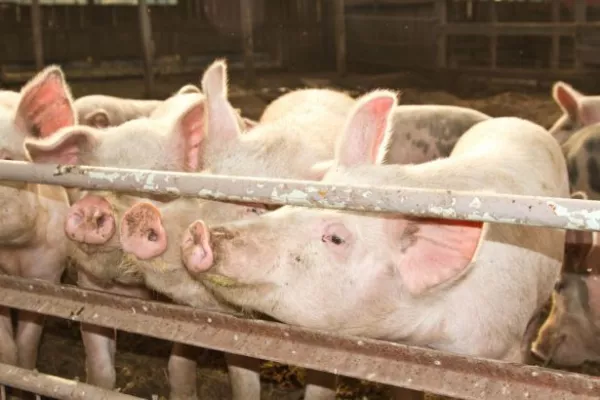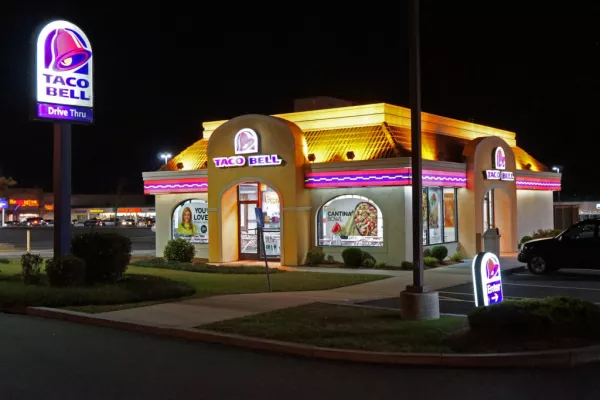In the US, a country known for drive-thru burger joints and over-sized steaks, demand for the meat on a per-person basis is slumping to the lowest in more than four decades. With consumers bracing themselves for another slow patch in the economy, shoppers are increasingly choosing cheaper pork and chicken as alternatives.
"There’s definitely been a slowdown in beef” purchases, said Derek Luszcz, the 42-year-old co-owner of Gene’s Sausage Shop and Delicatessen in Chicago, a butcher shop that also sells deli meats and other groceries. “A lot of it is about the price. People have changed their diets to different things.”
Waning consumption drove cattle futures lower by 12 per cent last quarter, the biggest slide since the depths of the global recession in 2008. Money managers are signaling they expect more declines, trimming their bullish holdings to the lowest in more than two years. At the same time, the speculators expect that hog futures will start to rebound, and increased their wagers on a rally for a fourth straight week.
Both beef and pork prices soared in 2014 after years of drought whittled the US cattle herd down to a six-decade low, and a piglet-killing virus tightened hog supplies.
While producers of both animals expanded to capture profits, pigs multiply far more rapidly. Pork output will be a record in 2015, while beef production is set to shrink from last year. Beef’s premium to pork is more than 20 percent higher than the 10-year average, and as job growth slows, Americans are opting to buy the cheaper meat.
“We saw a definitive shift in consumer buying from beef to pork” in recent months, said Christopher Narayanan, the New York-based head of agricultural research at Societe Generale SA. “That’s U.S. consumers being a little bit more choosy. They weren’t as confident about spending too much money.”
The net-long position in cattle slid 3.7 per cent to 4,721 futures and options contracts in the week ended 29 September, the lowest since March 2013, US Commodity Futures Trading Commission data show. Hog wagers expanded 10 percent to 33,046 contracts, the highest since February.
Cattle futures in Chicago retreated 4.1 per cent last week to $1.31375 a pound, the biggest drop since March. Hog prices slid 0.6 per cent to 65.375 cents a pound. The Bloomberg Commodity Index, a measure of returns for 22 components, fell 0.7 per cent.
US per-capita beef consumption in 2015 will decline to 53.9 pounds(24.4 kilograms) a person, the lowest in government data that goes back to 1970. Steaks in supermarkets cost an average $7.91 a pound in August, Bureau of Labor Statistics figures show. That was within 1 percent of the all-time high of $7.962 reached in July. By contrast, retail costs for pork chops are down more than 7 per cent from a record touched last October.
While the cattle herd has decreased, cheaper grain costs have allowed ranchers to fatten animals heading to slaughter. Heavier weights are helping to make up for the smaller numbers, the US Department of Agriculture said in a Sept. 11 report. The average beef cow weighs 32 pounds more than a year earlier at 1,385 pounds, according to the USDA.
There are signs that retail prices won’t stay high. Wholesale beef dropped 14 per cent in September, the most in at least 11 years. As the declines make their way to supermarket meat cases, it may help demand to rebound, said Don Close, Rabobank International’s vice president of food and agribusiness research for animal protein in St. Louis.
“You’ll see retailers featuring a lot more on specific items, and we’ll see that transpire before we see a flat reduction in price,” Close said.
Pork also may lose its sizzle. There’s a risk that Mexico and Canada could levy tariffs on the meat, stymying exports, if the US Senate thwarts a trade bill. Also, chicken prices are lower this year and could lure shoppers away from pork, said Will Sawyer, an Atlanta-based vice president for Rabobank.
It will take some time for beef to drop at the retail level, and it may not happen until closer to the end of the year, according to SocGen’s Narayanan. While pork always costs less than beef, the difference in prices has widened. Wholesale beef commands a premium of about $1.20 per pound, compared with the 10-year average of about 98 cents.
Because beef is among the most expensive proteins, it’s more sensitive to changes in the economy, said Donald Selkin, who helps manage about $3 billion as chief market strategist at National Securities Corp. in New York. A Labor Department jobs report Friday showed a tepid rise in September payrolls and stagnating wages, signaling the global slowdown is rippling through the world’s largest economy.
Adding to the demand woes, the elevated US dollar and the global economic malaise are hurting American beef exports. In the week ended Sept. 24, sales for export tumbled 26 percent from a year earlier, government data show.
“When there’s a sense of economic slowdown, and that’s the pervasive theme, the cattle market goes down,” Selkin said.
News by Bloomberg, edited by Hospitality Ireland









